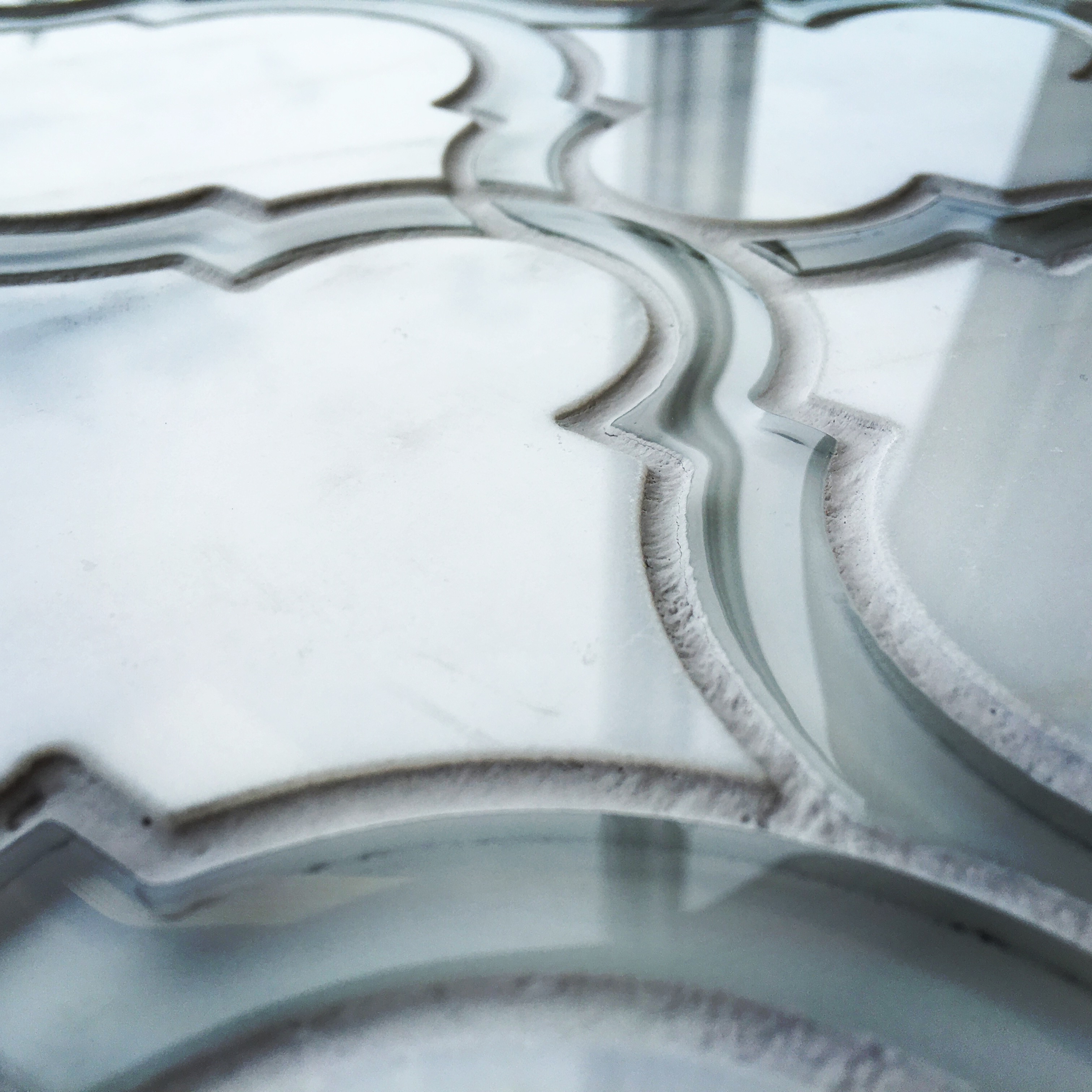
05 Jan
Getting ready to tile a room? Congratulations! Tile is one of the most transformative finishes that you can put in your home. What amazes me about tile is how a variation on pattern can completely change the overall look of the space. It’s also this reality that causes clients to be wary of tile selections and installation - there are so many options to choose from. It’s not just about picking a tile and saying to a contractor “go ahead and install this” - there are questions to be answered.
So, we’ve come to another important conversation with your contractor (remember Renovation 101: Vocabulary?).
It’s extremely important that you and your contractor are talking about the same thing. So, to help, here are common tile patterns to choose from for your design:
RUNNING BOND: This pattern is often referred to as “offset” “brick” or “subway” style even though that’s very deceiving because there are A LOT of patterns that specifically apply to subway tile. This pattern involves a rectangular tile that runs horizontally on its long side. When stacked, the row above has the short edge of the tile located in the center of the tile below it, or offset:
When using this pattern, you will need to decide how many rows are offset before you repeat the first row.
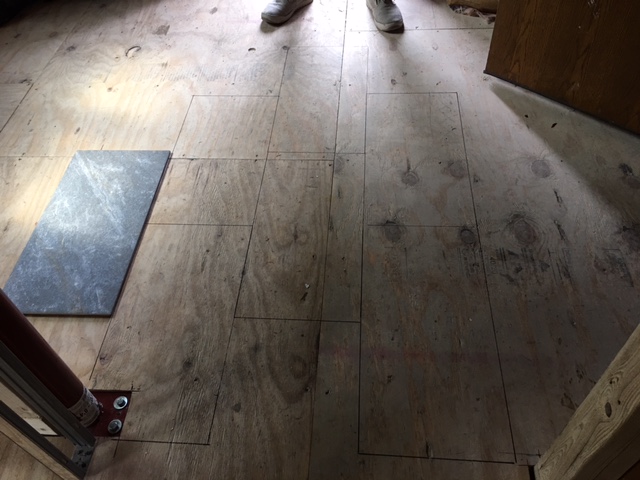
⅓ OFFSET: This pattern is similar to the RUNNING BOND, except that instead of the tiles being offset in the middle of the tiles in the row below, they are offset by ⅓.
- Footprints from 1928!
DIAGONAL OFFSET: This pattern is similar to the OFFSET pattern except that the tiles are running diagonal.
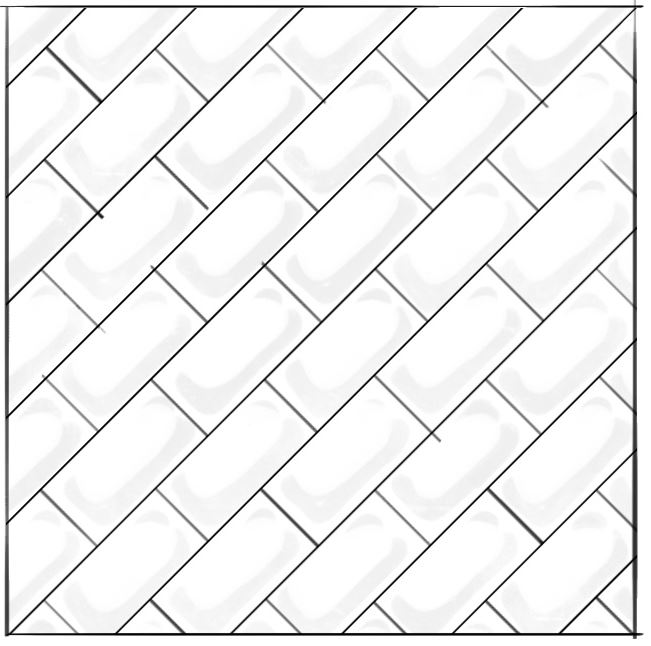
Be careful on this pattern at the corners because, ultimately, two corners will form a triangle and these triangles should be the same size.
VERTICAL OFFSET: Are you seeing a pattern here? (Pun intended). This pattern is similar to the OFFSET pattern except that the tiles are vertical.
It’s important that you do not confuse this pattern with a RUNNING BOND pattern. A VERTICAL OFFSET has the subway tiles offset from each other; however, the pattern itself runs horizontally.
VERTICAL RUNNING BOND: This pattern involves an OFFSET pattern where the tiles are running vertically. Unlike the VERTICAL OFFSET, the tiles are running vertically - they are not laid one next to each other, they are laid above one another.
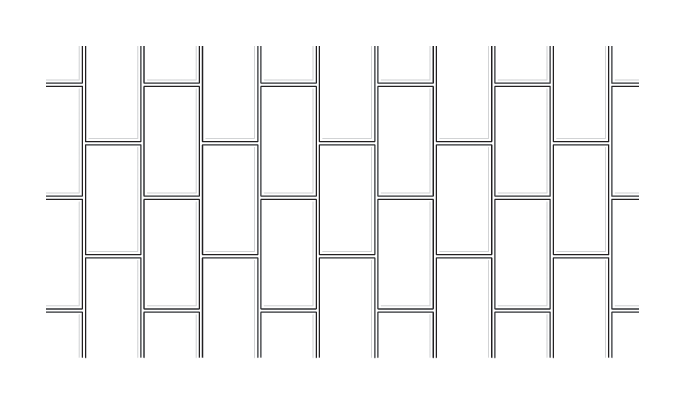
HERRINGBONE: This pattern involves a rectangular tile being installed at a 45-degree angle to create a zig-zag pattern. This tile is often and should not be confused with CHEVRON pattern.
CHEVRON: Often confused with HERRINGBONE, this pattern involves a rectangular tile installed at a 45-degree angle to form a peak or “V” in a repeating pattern vertically or horizontally.
STRAIGHT HERRINGBONE: This pattern is laid similar to HERRINGBONE except that the tiles are installed at a 90-degree angle, creating a more squared aesthetic.
STRAIGHT LAY: Sometimes referred to as “Stacked”, this involves tile being installed vertically and horizontally above and next to each other at the same angles, with long and short edges matching.
Now, there are many other items to consider regarding tile installation such as mortar height, finishing pieces, corners, and tile material. There are also a large amount of tile patterns that are not mentioned here - these are only the most common that I see. I will address the finishing techniques and more complex patterns in another blog.
Do your research, look at lots of photos, and take into account the size of your room and color impact of your tile when making a final decision on the pattern.
Also, be sure to be ABSOLUTELY CLEAR with your contractor - sometimes, the simplest methods of communication are the most effective:
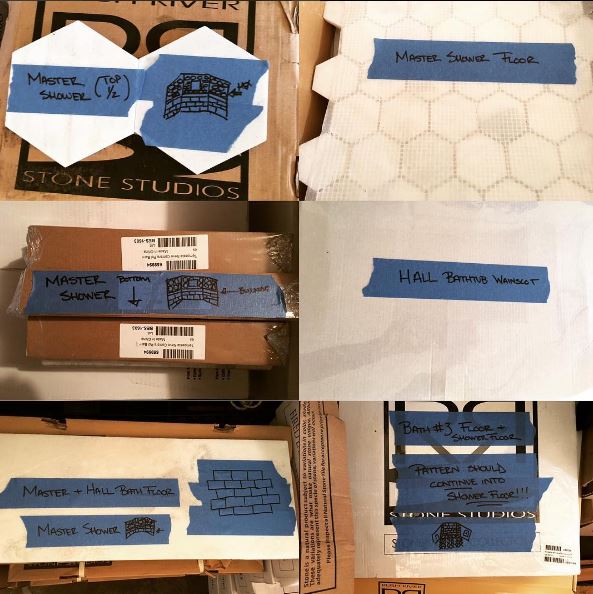
…and don’t forget to have fun!
Want to learn more? Check us out at Integro Rehab!





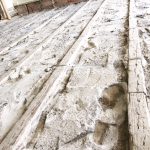


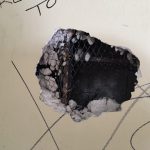






Whitney Parchman
Posted at 07:27h, 09 JanuaryGreat post! I just “Tweeted” it. 🙂 xo
Integro Rehab
Posted at 22:27h, 09 JanuaryThanks Chica!